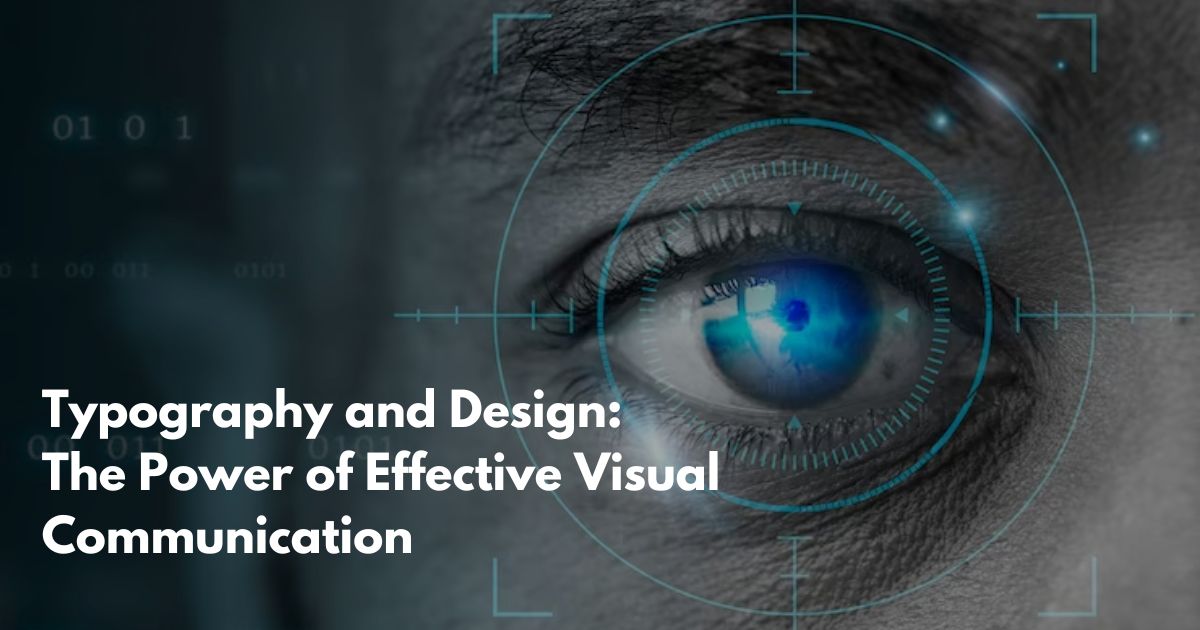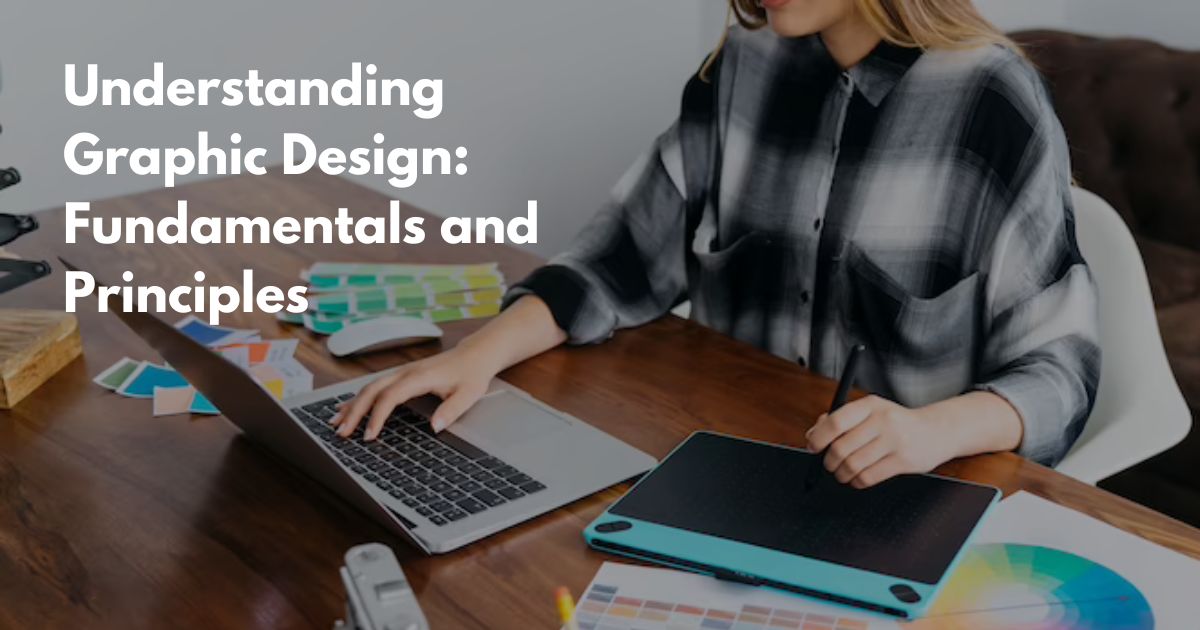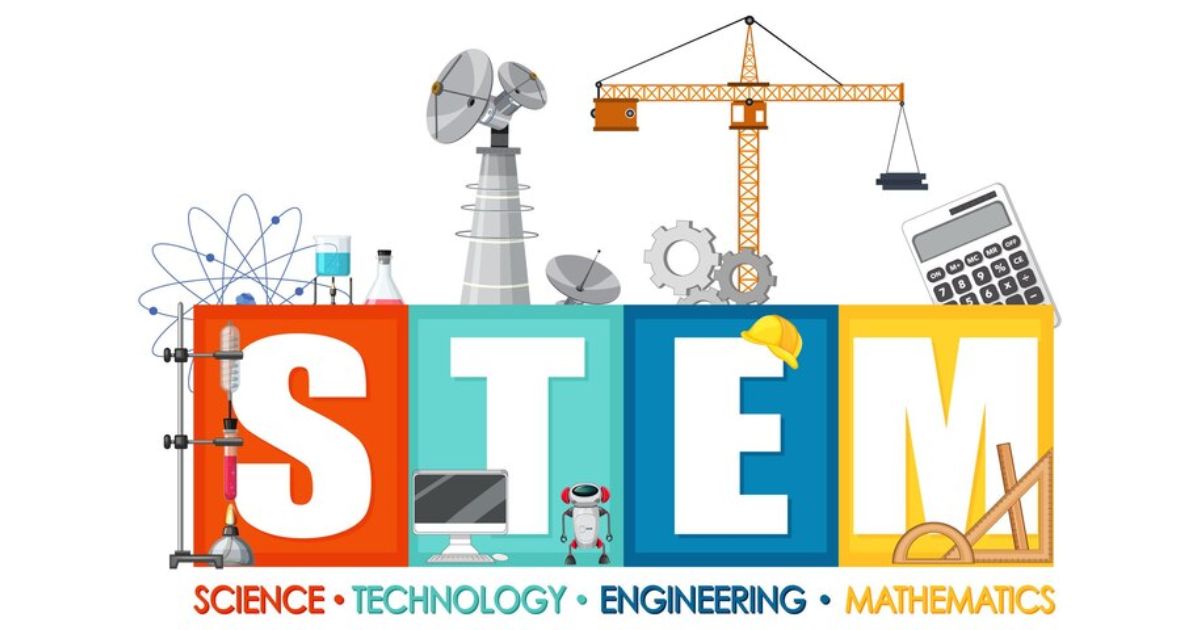3 min read
Understanding Graphic Design: Fundamentals and Principles
If you're an aspiring design student, gaining a solid understanding of graphic design is essential. Graphic design is a creative discipline that...

Typography is a fundamental element of design that holds immense power in visual communication. Aspiring design students looking to pursue a qualification in design must understand the role and significance of typography in creating compelling and impactful designs. In this blog post, we will explore the world of typography and its relationship with design, emphasizing the power it holds in conveying messages and evoking emotions. Additionally, we will highlight the range of exciting career options available in the field of design, inspiring you to embark on a creative journey filled with endless possibilities.
The Role of Typography in Design
Typography refers to the art and technique of arranging type to make written language legible, readable, and visually appealing. It involves selecting appropriate typefaces, arranging them harmoniously, and utilizing various typographic elements to enhance the overall design.
1. Legibility and Readability:
One of the primary functions of typography is to ensure that the text is easily readable and understandable. Proper font selection, font size, line spacing, and letter spacing play a crucial role in enhancing legibility and readability. Designers must consider the target audience and the medium through which the design will be presented to optimize the reading experience.
2. Visual Hierarchy:
Typography helps create visual hierarchy within a design. By utilizing different font sizes, weights, and styles, designers can guide the viewer's attention and emphasize important information. Clear hierarchy enhances the overall readability and comprehension of the design. The headline typography should capture the viewer's attention and lead them through the content in a structured manner.
3. Emotional Impact:
Typography has the power to evoke emotions and set the tone of a design. Different typefaces and styles have distinct personalities and associations. Bold and edgy fonts can convey energy and excitement, while elegant and refined fonts can evoke a sense of sophistication. Designers must carefully choose typography that aligns with the intended emotional response and complements the overall design concept.
4. Brand Identity:
Typography plays a pivotal role in establishing brand identity. Well-crafted typographic elements such as logos, wordmarks, and brand slogans help create a strong visual identity that distinguishes a brand from its competitors. Consistency in typography across various brand touchpoints fosters brand recognition and reinforces the brand's values and personality.
Career Options in Design
The field of design offers a multitude of career options for individuals passionate about creativity and visual communication. Here are some popular career paths within the design industry:
1. Graphic Designer:
Graphic designers utilize typography, imagery, and other design elements to create visual materials for branding, advertising, and various digital and print mediums. They work on projects such as designing logos, brochures, websites, social media graphics, and packaging.
2. UI/UX Designer:
UI/UX designers focus on creating intuitive and visually pleasing user interfaces for digital products. They ensure that the typography used in the interface enhances user experience and effectively communicates information. UI/UX designers collaborate with developers and conduct user research to design interfaces that are both functional and visually appealing.
3. Brand Identity Designer:
Brand identity designers specialize in developing visual identities for brands. They work closely with clients to create logos, typography systems, and other brand assets that reflect the brand's values and resonate with the target audience. Brand identity designers help establish a consistent and memorable visual presence for businesses and organizations.
4. Art Director:
Art directors are responsible for overseeing the visual aspects of a project. They work closely with designers, photographers, and other creative professionals to ensure that the overall design aligns with the project's objectives and communicates the desired message effectively. Art directors play a crucial role in maintaining visual coherence and brand consistency across different mediums.
Typography is a powerful tool in the world of design, enabling effective visual communication and conveying messages with impact. Understanding the role of typography in design is essential for aspiring design students looking to embark on a creative and fulfilling career. By harnessing the power of typography, designers can create visually compelling and meaningful designs that capture attention, evoke emotions, and leave a lasting impression. So, if you have a passion for design and a love for typography, consider exploring the diverse career options available in this dynamic field. Embrace the art of typography and unlock the potential to shape the visual landscape of the digital age.

3 min read
If you're an aspiring design student, gaining a solid understanding of graphic design is essential. Graphic design is a creative discipline that...

Mathematics is often viewed as a dry and abstract subject with little connection to the real world. Though, this perception couldn't be further from...

Far far away, behind the word mountains, far from the countries Vokalia and Consonantia, there live the blind texts. Separated they live in...